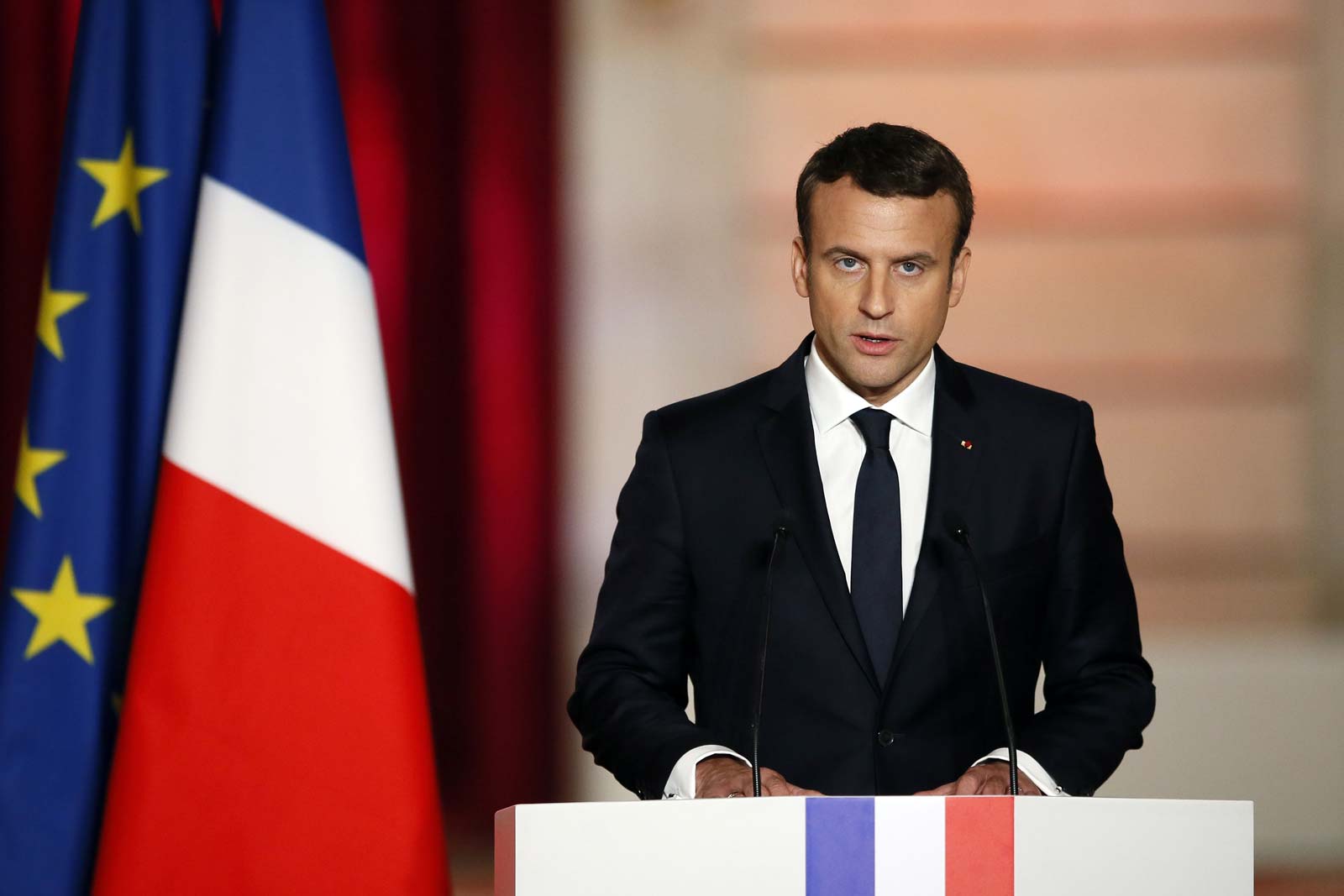A huge modernist university campus is emerging amid farmland on a plateau south of the French capital. The University of Paris-Saclay, officially launched this year, merges some 20 higher-education and research institutions. It has a teaching and research staff of 9,000, catering to 48,000 students—more than Harvard or Stanford. Specialised in science, it is France’s attempt to create, in President Emmanuel Macron’s words, an “mit à la française”.
Such ambition once seemed fanciful. Yet in August Paris-Saclay stormed into the Shanghai world university ranking, grabbing 14th place overall and 3rd in Europe after Cambridge and Oxford. It took the top international spot in maths.
France’s two-tier higher-education system baffles outsiders. Three-fifths of its 2.7m students are enrolled in universities. These are public. Until recently they did not select undergraduates at entry; they charge no tuition bar a small enrolment fee, and are often sneered at as second-rate.
An elite minority, meanwhile, attend selective grandes écoles, for which entrance exams require at least two years of post-secondary-school cramming. To confuse matters further, research is traditionally carried out not in universities or grandes écoles but in specialised public institutes.




